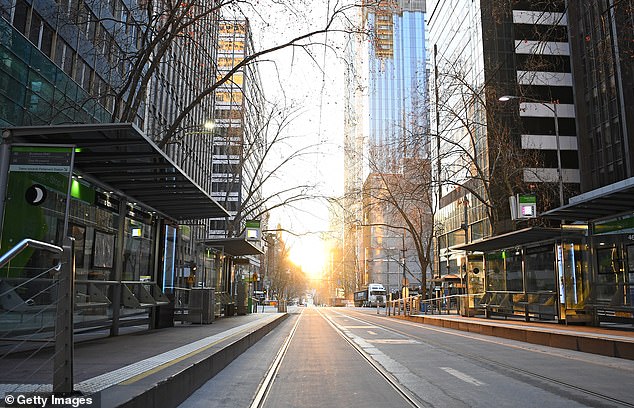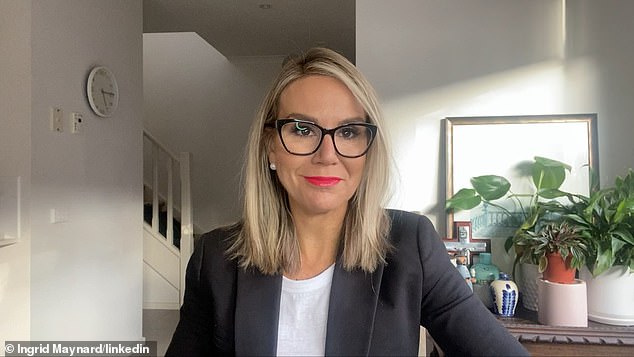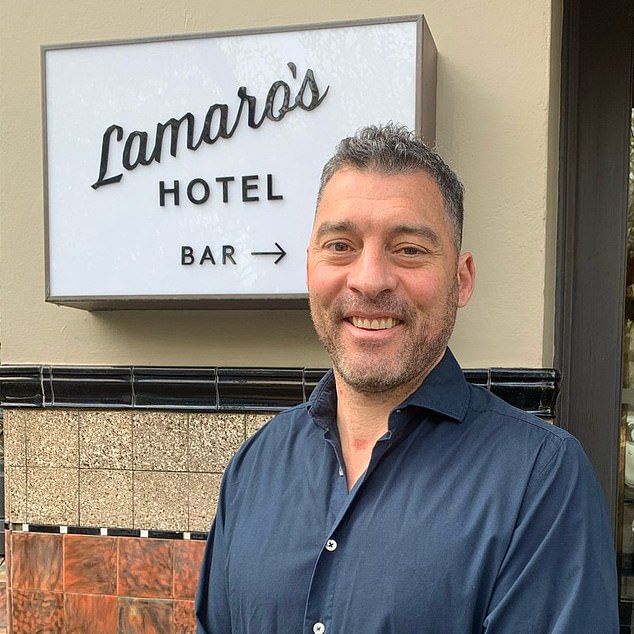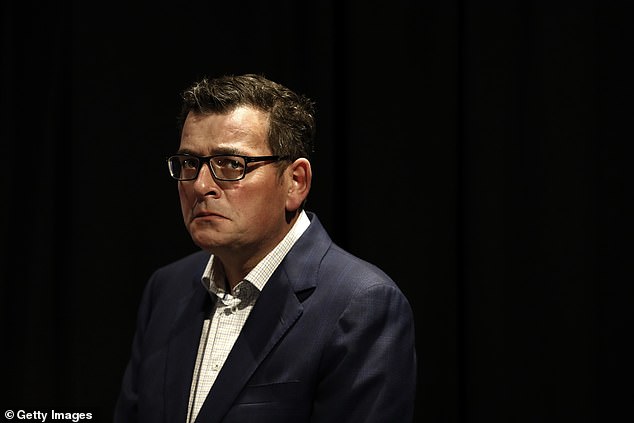The rise of the Greens, teal independents and a new wildcard centrist party threaten to throw Victoria into political chaos.
Premier Daniel Andrews’ Labor government is seeking a third term in the state election in November.
Even if he wins, he risks losing traditionally central seats as voters express their disapproval of draconian Covid lockdown measures.
However, the Liberal opposition led by Matthew Guy does not appear to be gaining much ground.
Dan Andrews’ attempt to secure a third term for his state Labor government in Victoria could force him to seek a partnership with the independents and the Greens.
They face the threat of potential teal independents who surprisingly snatched a swath of previously prime electorates from the federal Liberals in the federal election.
The Greens, who had unprecedented partisan success in the federal election, also look set to eat into the votes of the major parties, but the unknown factor is the new Victorian Party.
An electoral analysis shows the new centrist party could win 10 seats, according to the Herald Sun.
Another, more cautious analysis predicts the Greens, teal independents and Victorian Party will gain between nine and 13 seats from the main parties.

A view from below of Melbourne’s deserted CBD during the state’s long, tough Covid lockdowns, which have threatened to turn voters away from the Andrews government.
Labor sources fear they could lose up to 10 seats, which would put the party on the brink of having to form a minority government.
If just 54,000 voters turn away from Labor in 19 marginal seats, everyone could be up for grabs.
While the Greens appear likely to invade inner-city seats such as Richmond and Albert Park, the threat to Labor in traditionally safe suburban electorates would likely come from the Victorian Party rather than the Liberals.
However, if the Victorian Party prefers the Liberals, that would strengthen their chances.
Broadmeadows, Kororoit, Werribee, Melton and Point Cook are five seats identified as at risk of falling to strong local Victorian Party candidates due to the backlash over the state’s handling of Covid.

Businesswoman Ingrid Maynard is one of the founders of the new Victorian Party, which will target Victorians unhappy with the two main parties and could threaten some Labor seats.
If teal independents run – and they have so far only fielded candidates against Liberal incumbents – their seats will be in wealthier, inner-city seats such as Hawthorn, Brighton, Caulfield, Kew, Bulleen and Sandringham.
The Victorian Party was formed in November last year and is promoted as an alternative for those dissatisfied with the main parties.
The party was founded by Small Business Australia chief executive Bill Lang, Moreland councilor Oscar Yildiz, retired AFL great Paul Dimattina and businesswoman Ingrid Maynard.
“The Victorian Party has been formed to provide a credible alternative to a bad Andrews Labor government that already won’t listen to a weak Liberal opposition,” the party’s website reads.
Bill Lang told the Herald Sun that Victorians were telling his party they felt ignored and voiceless, unconnected to the main parties.
The potential of independent candidates in Victoria was demonstrated in the last state election, where local GP Joe Garra did surprisingly well in Werribee, in the hands of state treasurer Tim Pallas.

AFL champion Paul Dimattina is another figure behind the Victorian Party, which claims it is a credible alternative to the poor Andrews Labor government and a weak Liberal opposition.
Despite running a campaign that smacked of oily rage, Dr. Garra achieved a very respectable 20 percent of the vote.
The distancing of the main parties was demonstrated in the last federal elections, where both the Liberals and even the triumphant Labor Party suffered falls in their primary elections.
The Age polls last month also showed the Labor primary vote fell in Victoria, although they did not predict it was enough for the Andrews government to lose its majority after its resounding victory in 2018.
The Labor Party has 55 seats in Victoria’s lower house and 45 are needed to form a majority government.

